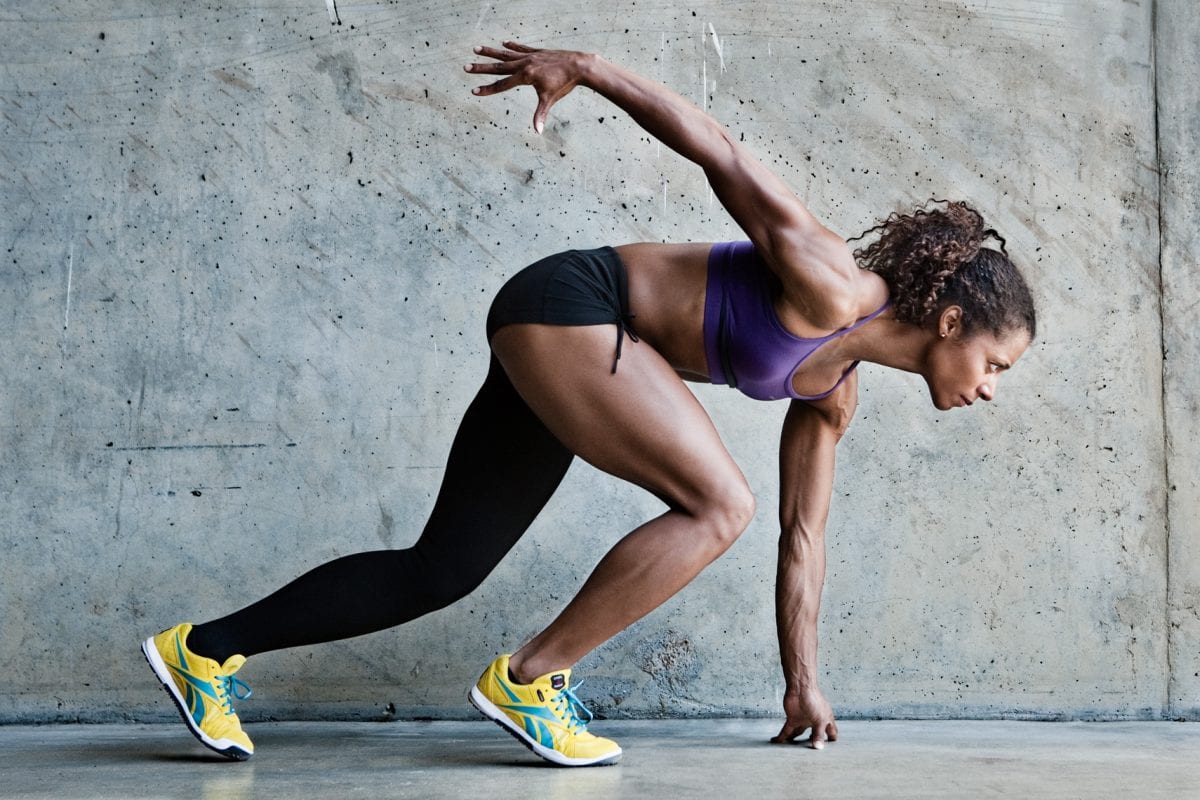CrossFit has become a popular workout trend over the past decade, known for its high-intensity workouts that challenge even the fittest individuals. While CrossFit may seem intimidating to some, it offers numerous benefits, particularly for runners. Runners should do CrossFit in their training routine can improve their overall fitness, increase their speed and endurance, and prevent injuries.
CrossFit workouts focus on functional movements that mimic movements used in daily life, including running. The exercises involve multiple muscle groups and joints, making them more effective at building overall strength and stability compared to isolated exercises. This translates to improved running performance, as stronger muscles and joints can handle the impact of running more effectively, reducing the risk of injury.
Additionally, CrossFit workouts are designed to be high-intensity, similar to the intensity of a hard run. This makes CrossFit a great option for runners who want to supplement their running workouts with a strength and conditioning program. By improving their overall fitness, runners can increase their speed and endurance, allowing them to run faster and longer with less fatigue.
Celebs including Jessica Alba and Cameron Diaz love it, and if you’re a runner, you may love CrossFit too. This workout is all about basic exercises involving body resistance, gymnastics, aerobics, weight lifting, and other high-intensity moves. Read on to learn why you might want to skip today’s run and head to the nearest CrossFit box.
The Problem with Running
“Runners think that their legs are strong, and they are strong at that one movement pattern. But life is more than just that one movement pattern,” says Reebok CrossFit ambassador Yumi Lee, who trains Alba.
Since running is a linear, repetitive movement that involves mostly your legs, it can cause an imbalance in the rest of the body, which can lead to injury now or down the road. Solely running also leads to workout plateaus, so when the muscles become used to the demands placed on it, a runner needs to run farther or faster in order to maintain her level of fitness.
Why CrossFit Is a Good Complement to Running
CrossFit exercises involve your whole body rather than isolated muscle groups, which strengthens from head to toes and makes you a better runner, says marathoner and CrossFit instructor Shirley Brown of CrossFit L.A. CrossFit combines power lifting, strength training, and gymnastic training, all of which benefit the fast-twitch muscles used for sprinting and slow-twitch muscles used for long distance, Lee adds. Working your entire body will also help you lose overall body fat, which may increase endurance and speed and also help you maintain proper form during runs and therefore avoid injury.
Another benefit? CrossFit helps prevent those dreaded workout plateaus so you’ll actually be excited to work out. “CrossFit forces you to do things you would have never done before and to push yourself in a way that you thought you had pushed yourself,” Lee says.
Tips for Getting Started
Find a reputable facility and sign up for the on-ramp (sometimes called foundations or fundamentals) program so you can master the basic exercises. “It’s a comfortable and safe way to learn the movement patterns so you can stay injury-free,” Lee says. You’ll also learn beginner versions of certain moves; for example, if you’ve never done a pull-up, they’ll show you how you can do one using a box and a band. Then you can jump right into regular classes, modifying exercises as you need to. Some gyms offer endurance programs or private instruction, so if you have a specific running goal, they can help you achieve it.
Don’t just jump into a new CrossFit program, however. Meghan and Tyler Barnes, owners of CrossFit TT, warn that you’ll be super sore when you start, so it’s probably not a great idea to sign up when you’re training for a race. Definitely listen to your body, but stick with it, don’t miss a class on account of being too sore. Good programs will go easy on the muscle groups that were worked hard the day before, and getting your heart rate up can ease soreness.
How to Prevent Injury
Pull-ups, handstand pushups, and pistols (one-legged squats) are pretty intense exercises, so if you want to avoid a CrossFit injury, pay attention to your fundamentals and make sure you’re using the proper form, Lee advises. Don’t do an exercise unless you understand the movements, and when you’re ready to make an exercise harder, only change one aspect at a time such as speed, weight amount, or number of reps. Some 60-minute classes include warmup and stretching afterward, so if yours doesn’t, be sure to take some time before and after to fit them in
In conclusion, incorporating CrossFit into your training routine as a runner can provide numerous benefits. Not only does CrossFit improve your overall fitness and strength, but it can also help prevent injuries and improve your running performance. By incorporating CrossFit exercises that focus on functional movements and high-intensity training, you can become a more well-rounded athlete and achieve your running goals.
However, it’s important to note that starting a CrossFit program as a runner requires careful consideration and planning. It’s essential to work with a certified CrossFit coach who can design a program that complements your running training while also taking into account your individual fitness level and injury history. By doing so, you can safely and effectively incorporate CrossFit into your training routine and reap the benefits for your running performance.








